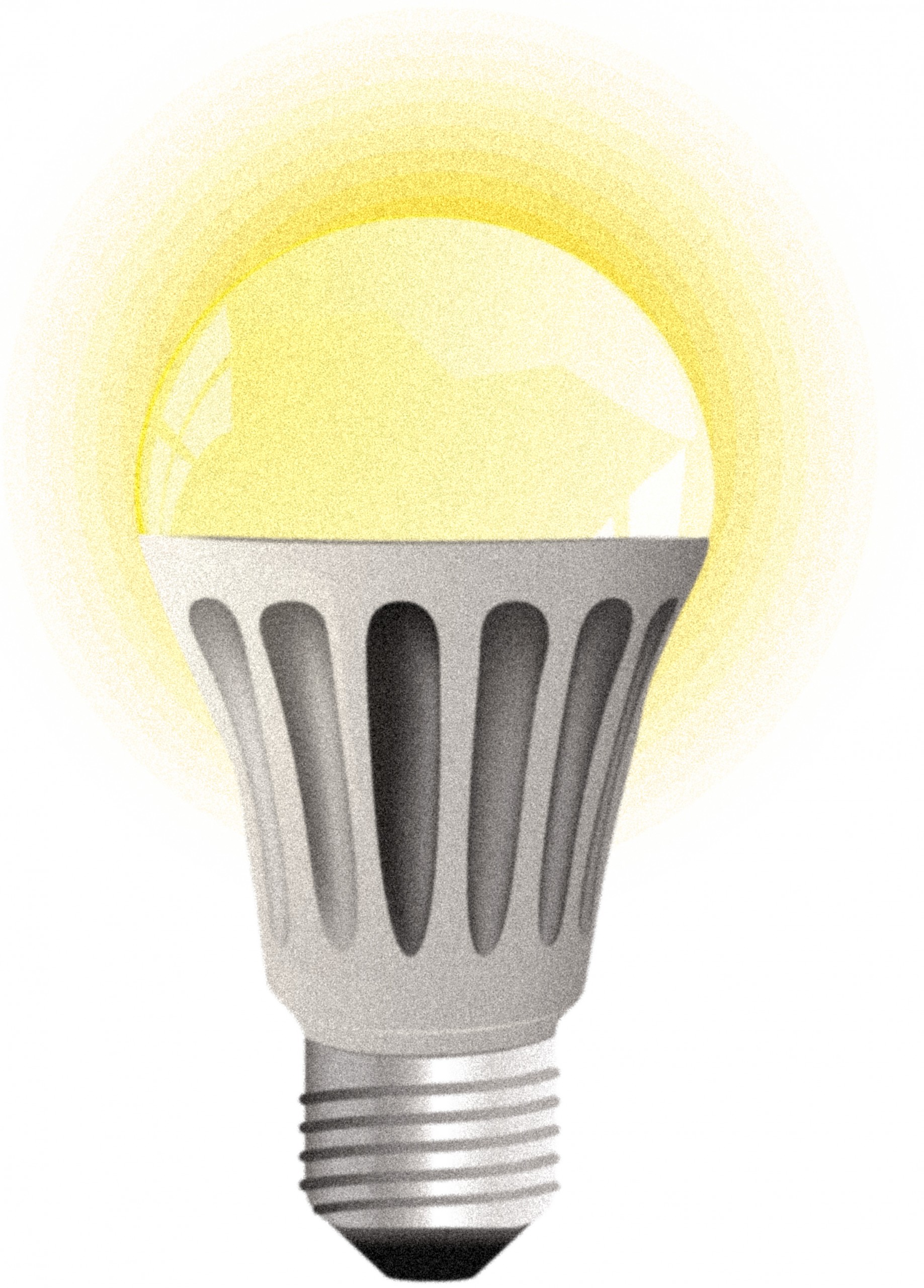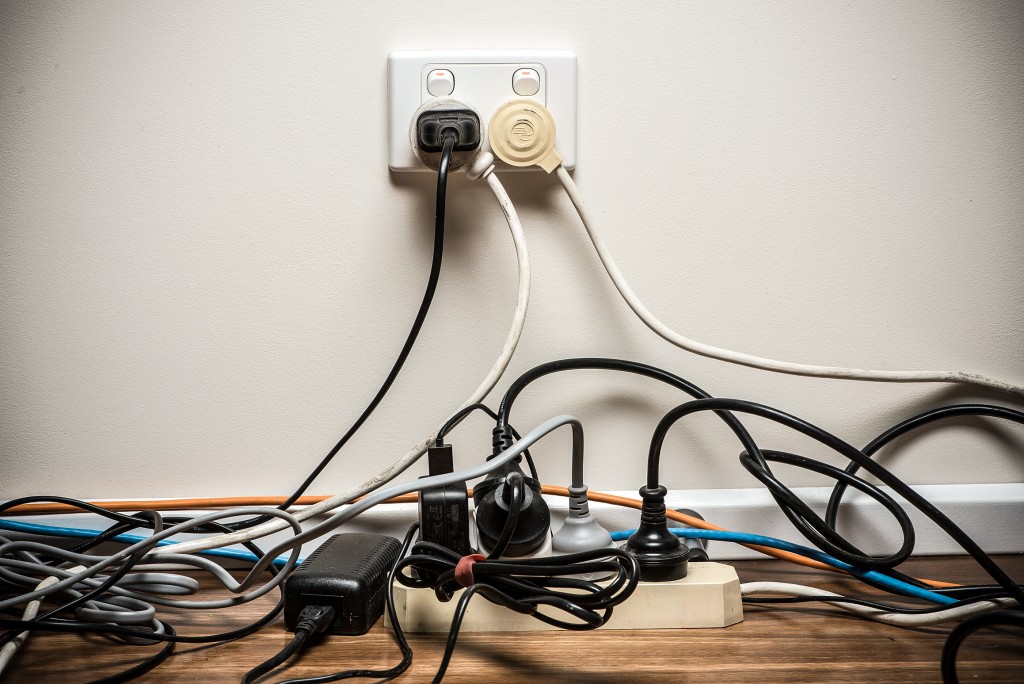Our Green Future

Power Safe Mode
Efficiency and safety go hand-in-hand. Stay safe with your energy conservation by taking precautions and using these helpful tips.
Let There Be Lighting

How many people does it take to change a light bulb safely? Two. Upgrading your lightbulbs can do wonders for your electric bill, but before you make the switch be sure the power source is off and that you have a second person available to assist you when changing bulbs in high or unstable places. Also, by switching to LED bulbs, which last longer than CFLs and incandescent bulbs, you reduce the frequency of changing your lights.
Consider Cord Care
Always keep your electrical cords in good condition. Frayed or cracked cords are a fire hazard. Be considerate of your cords: Avoid placing furniture on them or continually rolling over them with your office chair. Simple cord covers, which are easily available at most hardware or drug stores, are a safe and inexpensive way to preserve your cords’ power and longevity.
Vent It Out
Only vent the garage when it needs it. Running exhaust fans and mechanical ventilation all the time in parking garages wastes a lot of electricity. Install carbon-monoxide monitoring systems to detect the concentration of the gas in garages and utilize the fans only when necessary.
According to Keith Block, Engineering Manager for Hawaii Energy, monitoring systems can dramatically minimize the amount of time exhaust fans run—which subsequently reduce exhaust fan run-times by 83 percent or more—and instantly shrink utility bills.
Be Alarmed

Use a professional engineer or electrician to test and evaluate your smoke and fire alarms—over and above any testing performed by the system installer—especially if all the devices are connected on the same circuit. Building and property managers should make a record of the test to help verify that the installation complies with local codes and standards, and to serve as documentation for any insurance report if a fire or accident occurs.
Surge Safely:
Always use energy-saving surge protectors and power strips, but use them properly. Use surge protectors or power strips with an internal circuit breaker—which will trip the breaker if the unit is overloaded—to prevent overheating.
An overload of power from one area could damage your entire electrical system and possibly spark a fire. Before buying surge protectors or extension cords, check the underside of the device or the attached tag to confirm the product is of good quality and has a certification label from an independent testing service—such as UL (Underwriters Laboratories), ITL (Independent Test Laboratories) or ETL (Electrical Testing Laboratories).







